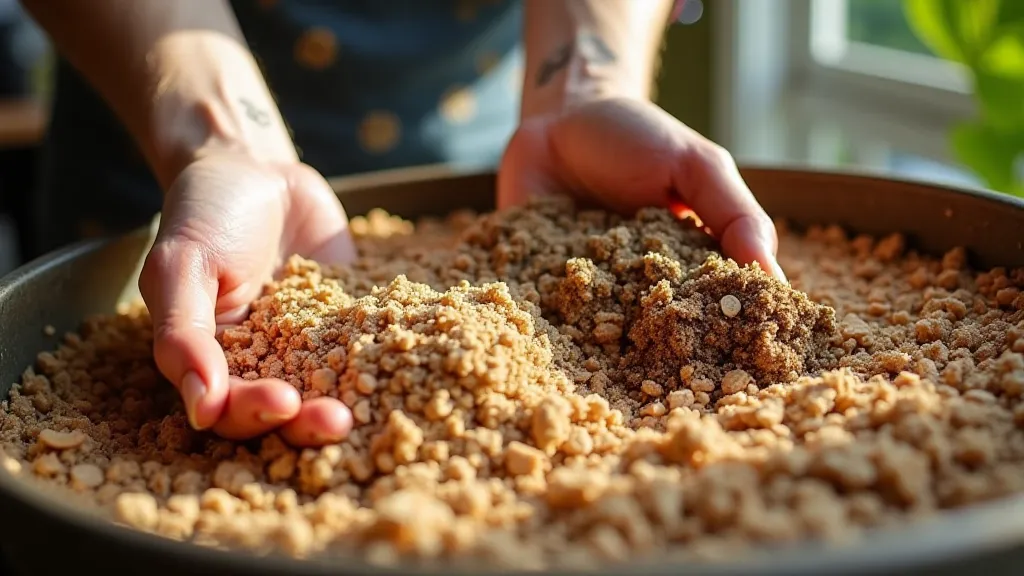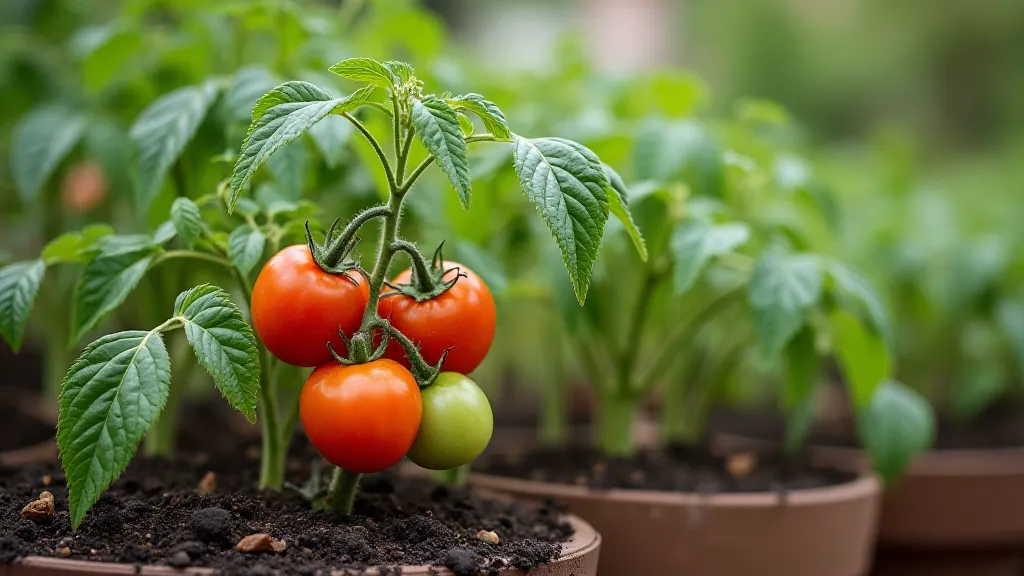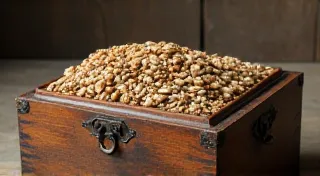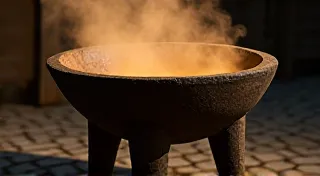The Alchemist's Crucible: Experimenting with Unusual Tomato Growing Mediums
There's a certain melancholy beauty to antique accordions. The bellows, once pumping out joyous melodies, now sometimes sigh with the weight of years. The keys, worn smooth by countless hands, whisper of dances and celebrations long past. Restoring one isn't just a mechanical endeavor; it's a conversation with history, an attempt to recapture a feeling, a moment frozen in time. I find a similar satisfaction in gardening, particularly in coaxing life from seeds. It's a quiet act of alchemy, transforming potential into tangible reality. And just as an accordion’s tone is affected by its reeds, its construction, and the care it receives, a tomato plant’s health and yield are intimately tied to its growing medium.
For years, I stuck with the tried and true: a mix of potting soil and compost. It worked, certainly. I grew tomatoes – beefsteaks, Brandywines, Cherokee Purples – each bursting with a depth of flavor that supermarket varieties can only dream of. But I've always been drawn to experimentation, to the possibility of improvement. The desire to push boundaries, to discover new harmonies, isn’t unique to instrument restoration. It’s the driving force behind all innovation, in music and in horticulture. So, I started thinking about the “soil” itself, or rather, what it could be.

Beyond Potting Soil: Seeking the Perfect Crucible
The conventional wisdom says potting soil is king. It’s readily available, reasonably priced, and generally performs adequately. But “adequately” wasn't enough. I started researching alternatives, digging into the science of soil composition and the needs of tomato plants. The goal wasn’t just to replace the old medium; it was to create a truly optimal environment – one that maximized drainage, aeration, and nutrient delivery while retaining enough moisture to keep the plants thriving.
My experiments focused on three primary contenders: coco coir, perlite, and vermicast (worm castings). Let's explore each, and how they factored into my “crucible,” the vessel holding the potential for vibrant, flavorful heirloom tomatoes.
Coco Coir: The Sustainable Foundation
Derived from coconut husks, coco coir is increasingly popular as a sustainable alternative to peat moss. I was initially drawn to its water-holding capacity and its neutral pH, ideal for tomatoes. It also offered a lighter weight compared to traditional soil, which is a major plus when dealing with containers that can become quite heavy. My initial trials with coco coir in a 50/50 mix with perlite proved encouraging. The plants seemed to establish quickly, exhibiting strong root growth. However, I quickly learned the importance of proper rinsing. Untreated coco coir can contain high levels of salts, which can hinder plant growth.
Perlite: The Aeration Architect
Perlite is volcanic glass that’s been heated and expanded, creating a lightweight, porous material. It’s essentially the aeration architect of any container garden. Its primary function is to improve drainage and prevent compaction. Without adequate aeration, tomato roots suffocate, and the plants become susceptible to disease. I incorporated perlite into every one of my experimental mixes, regardless of the base medium. The amount varied depending on the other components, but generally, a 20-30% ratio proved to be a sweet spot for drainage without sacrificing too much water retention.
Vermicast: The Microbial Maestro
Vermicast, or worm castings, is essentially worm poop. And it's nothing short of miraculous. These aren't just digested food scraps; they’re a living compost teeming with beneficial microbes. These microbes break down organic matter, making nutrients more readily available to the plants. They also improve soil structure and suppress disease. I started adding vermicast to my tomato mixes at a rate of 10-15% and saw immediate benefits – richer color, stronger stems, and a noticeable increase in overall vigor. The microbial activity is similar to the intricate mechanism within an accordion; a complex interplay of parts contributing to a unified output.

The Alchemy in Action: A Comparative Analysis
My experiments weren't conducted haphazardly. I meticulously documented the progress of each plant, recording observations about growth rate, leaf color, bloom production, and fruit yield. I compared plants grown in a standard potting soil mix with those grown in my various experimental blends. Here's a summary of my findings:
- Coco Coir/Perlite/Vermicast Blend (60/20/20): This proved to be the most successful combination. Plants exhibited rapid growth, robust stems, and abundant blooms. Fruit yield was significantly higher than the control group, and the tomatoes themselves were noticeably larger and more flavorful.
- Coco Coir/Perlite Blend (50/50): While still better than standard potting soil, this blend lacked the microbial benefits of vermicast. Plants grew well but lacked the same level of overall vigor.
- Vermicast-Enhanced Potting Soil (20% Vermicast): The addition of vermicast to standard potting soil provided a noticeable improvement, but it still didn’t quite match the performance of the coco coir-based blends.
The key takeaway was the synergistic effect of combining these different mediums. Each component addressed a specific need – coco coir for water retention, perlite for aeration, and vermicast for microbial activity. It was a harmonious blend, a carefully orchestrated composition much like the intricate arrangement of reeds in a meticulously restored accordion.
Lessons Learned and Future Explorations
My experimentation with unconventional tomato growing mediums has been a rewarding journey, a testament to the power of observation and a willingness to challenge conventional wisdom. It's akin to understanding the subtle nuances of an antique instrument – recognizing that the materials, the craftsmanship, and the care it receives all contribute to its unique character.
Looking ahead, I plan to explore other potential additions to my growing mixes, such as biochar and mycorrhizae fungi. I’ve also begun to experiment with different ratios of coco coir to perlite, and the addition of kelp meal for added micronutrients.
Ultimately, the goal isn’t to find a “perfect” recipe – because the ideal growing medium will always depend on specific environmental conditions and the variety of tomato being grown. It's about understanding the fundamental principles of soil science and applying that knowledge to create the best possible environment for your plants to thrive. Just as a skilled accordion repairer seeks to understand the instrument's inner workings to restore it to its former glory, the container gardener strives to nurture the plants, coaxing out the richness of flavor and the beauty of abundance.






